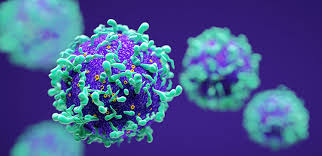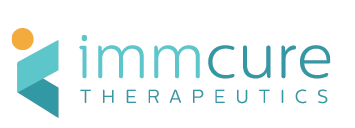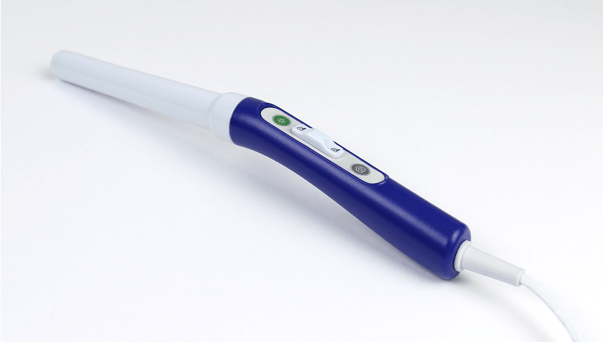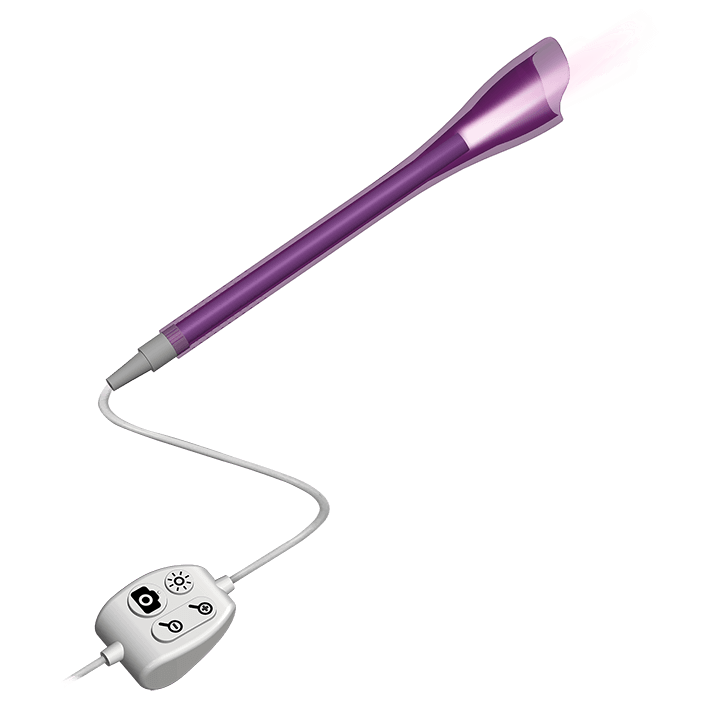Every 40 seconds, someone in the United States has a heart attack. Each time, up to a billion heart muscle cells suffocate. Those lost cells never regrow, leaving almost 800,000 people a year impaired for life—if they survive at all. Nenad Bursac believes he can patch some of those people up, literally.
Over the past 20 years, the bioengineer from Duke University in Durham, North Carolina, has been developing a “patch” that could take the place of the cells destroyed by a heart attack. In rodents, he has found it can hook up to the circulatory system and contract. Bursac’s patch is now about the size of a poker chip and the thickness of cardboard—big and complex enough to be tested in large animals, he declared this month at the Experimental Biology 2019 meeting in Orlando, Florida.
Like others attempting to repair damaged hearts, Bursac starts with stem cells, which can develop into specialized tissues such as heart muscle. But whereas some researchers inject hundreds of millions of individual heart muscle cells into the body, Bursac’s team and several other groups grow full-fledged pieces of heart muscle in a dish, which surgeons could attach to a damaged heart. “This could be a transformative approach,” says Ralph Marcucio, a developmental biologist at the University of California, San Francisco, School of Medicine. Bursac’s research effort “is the best in the field,” adds Martine Dunnwald, a cell biologist at the University of Iowa in Iowa City.
At one point, cardiologists thought the heart had a secret stash of stem cells that could be stimulated to repair the organ naturally, but now most biologists agree such cells don’t exist in the heart (Science, 18 July 2014, p. 252). An alternative in early clinical trials is to make heart muscle cells in a lab dish from other stem cells, inject them into the artery supplying the heart, and hope they settle in the organ and compensate for any dead tissue.
Bursac is skeptical of that approach, because the percentage of cells that survive injection and make it to the heart is very small. His approach requires open-heart surgery, but it delivers a repair that more closely matches the cell types and architecture of the real organ. “What people are now seeing is you need more structure and more cells,” says Jeffrey Jacot, a bioengineer at the University of Colorado Anschutz Medical Campus in Aurora.
Bursac started to work on heart patches as a Ph.D. student, coaxing neonatal rat cells to transform into heart muscle in a dish and contract—a first for mammals. Other researchers developed tiny heart tissue swatches for testing drugs in lab dishes. But Bursac wants to fix hearts directly. Over the years, his team has learned the best scaffolds for culturing stem cells are made of fibrin, a protein that helps form blood clots, and the best way to nurture these scaffolded cells is to gently rock them inside a suspended frame that allows the growing patch to swish back and forth in liquid media. “These cells mature and become strongly contracting,” Bursac says.
In 2016, when his lab figured out how to produce those powerful contractions, the heart patches were tiny. Then, 2 years ago, the team grew a 4-centimeter-by-4-centimeter patch—potentially big enough to repair a damaged human heart.
READ THE FULL STORY HERE
[Originally posted by Science — April 26, 2019]


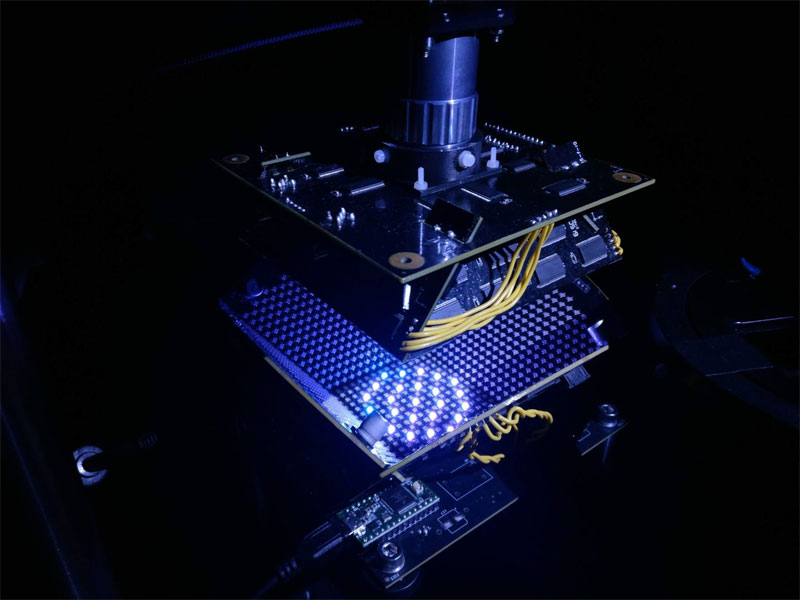


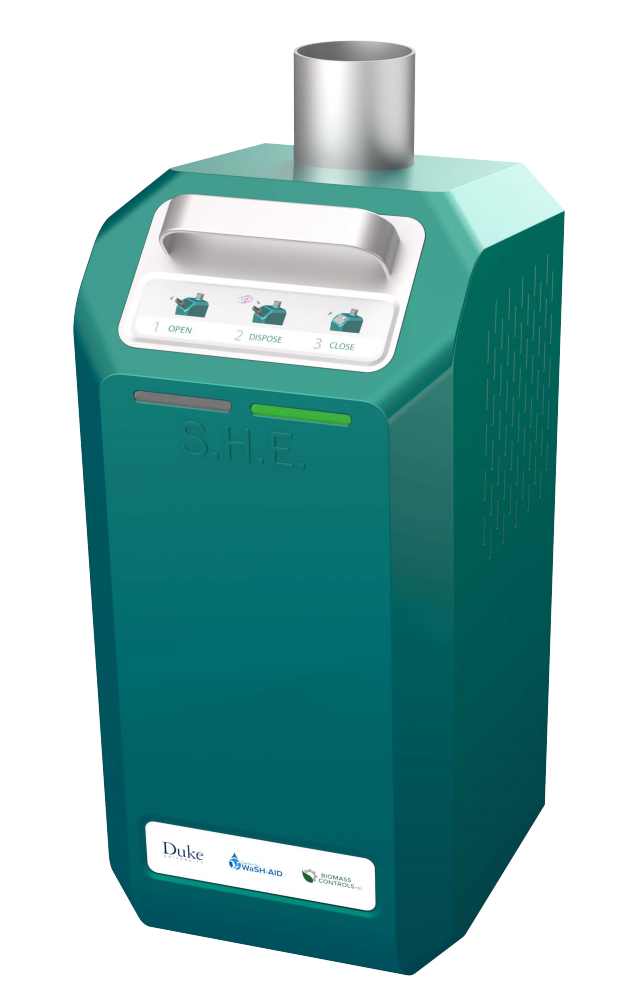

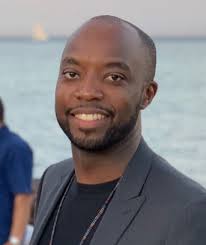 Dr. Ngaboyamahina is the Founder and Managing Director of Simbuka. He’s also a Research Scientist at the
Dr. Ngaboyamahina is the Founder and Managing Director of Simbuka. He’s also a Research Scientist at the 